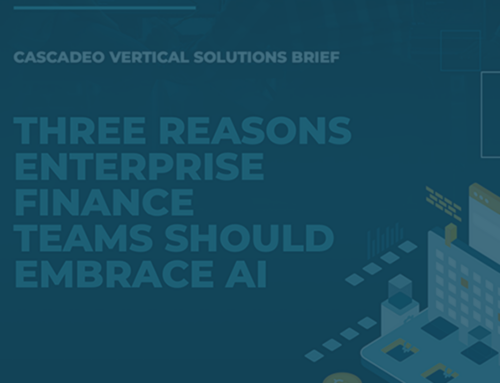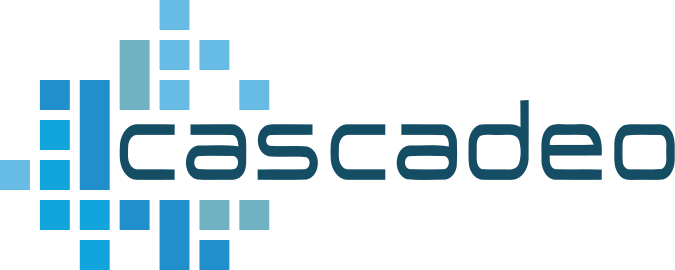
Self-directed cloud management with augmented with composite AI power helps remove cloud adoption barriers, keeping even the most complex cloud operations online, secure, and optimized, without a major investment in skill development or cloud talent.
Cascadeo AI Puts Gen-AI Power in Customers’ Hands
 Much of the current buzz around generative AI is focused on the ways it will change business in the future, or on its potential uses. This week, we’re exploring one of the ways Cascadeo has already put generative AI into use, in our cloud management platform, Cascadeo AI.
Much of the current buzz around generative AI is focused on the ways it will change business in the future, or on its potential uses. This week, we’re exploring one of the ways Cascadeo has already put generative AI into use, in our cloud management platform, Cascadeo AI.
Cloud management is a notoriously complicated endeavor, demanding attention to monitoring and observability, cost management, provisioning, security and governance, inventory, and more throughout all of your operating environments. In many enterprises, these tasks are spread across a variety of purpose-specific solutions and deployments, all with their own notification methods and dashboards. Some might be fully customizable, some not at all. Operations staff might get one type of alert via email, and have to stay on top of separate dashboards for several others, and may need to interpret standardized alerts on the fly to assess their application to a system’s specific needs.
Cascadeo AI was designed to help enterprises get this unwieldy undertaking in control, by consolidating all these processes into a single SaaS platform that plays nicely with inputs from a variety of environments and tools, consolidates customizable operational insights into clear communication, and delivers those insights in a single output designated by the user. Machine learning was built in to adapt event alerts to patterns within an operating environment, with AI and ML working in support of human engineering to simplify cloud management across infrastructures. Then came generative AI.
Gen AI is streamlining work across industries in countless ways, supporting basic coding and information tasks, interpreting complex texts into plain language summaries, and translating both human and machine languages across multilingual contexts, among many other business chores. Composite AI methods elevate the capacity of both generative AI and AI/ML functions by combining them to supplement the limitations and reinforce the abilities of each. Employed in support of human expertise, it may be the most promising method of engaging with generative AI.
Using a composite AI approach, the Cascadeo AI team developed generative AI implementations that complement and expand the platform’s pre-gen-AI capabilities. Integrations with Amazon Bedrock, Amazon SageMaker, Amazon DevOps Guru, and other tools, along with Cascadeo’s proprietary algorithms, work together to provide deep insights into events for a full understanding of causes, solutions, and potential business impacts of anomalies, as well as runbook recipes for troubleshooting and remediation, all within seconds. Optimization recommendations, governance reporting, and notifications are automated, as well. Because the vast majority of cloud security breaches result from human error, increasing automation increases cloud security in your system. The team designed the platform to ensure that Cascadeo AI’s API inquiries to gen AI tools are exempted from LLM training data to protect customers’ sensitive information.
Once the Cascadeo AI team established the initial generative AI implementations for the platform, their attention turned to ongoing, extensive testing to ensure accuracy and building on the new functionality. The most recent release extends the platform’s power by putting its generative AI functions directly into users’ hands. Customers can now self-manage generative AI tooling via simple interfaces allowing them full control of multiple generative AI tools, inputs, and outputs without extensive knowledge or complex setup and maintenance processes, regardless of the complexity of their cloud and non-cloud operating environments. (See more details here.)
Self-directed cloud management with augmented with composite AI power helps remove cloud adoption barriers, keeping even the most complex cloud operations online, secure, and optimized, without a major investment in skill development or cloud talent, enabling organizations of all sizes to take advantage of the business agility and growth at scale available in the cloud.




